AT THE READY: Preparation for Just About Anything
Jon Lung's master's thesis, At the Ready, is an inquiry into "preparedness" in all its forms—from the fancifully speculative, to the soberly real. It traverses the many boundaries of design in order to understand how to better fortify oneself for the ever-changing challenges that life throws our way. His thesis journey started at the individual scale—focusing on how he could better prepare himself personally. As the project continued, he looked at how he could use his skills and abilities to help those he cared about. And toward the end of his thesis journey, he concentrated less on the objects of preparedness, and more on the requisite skills.
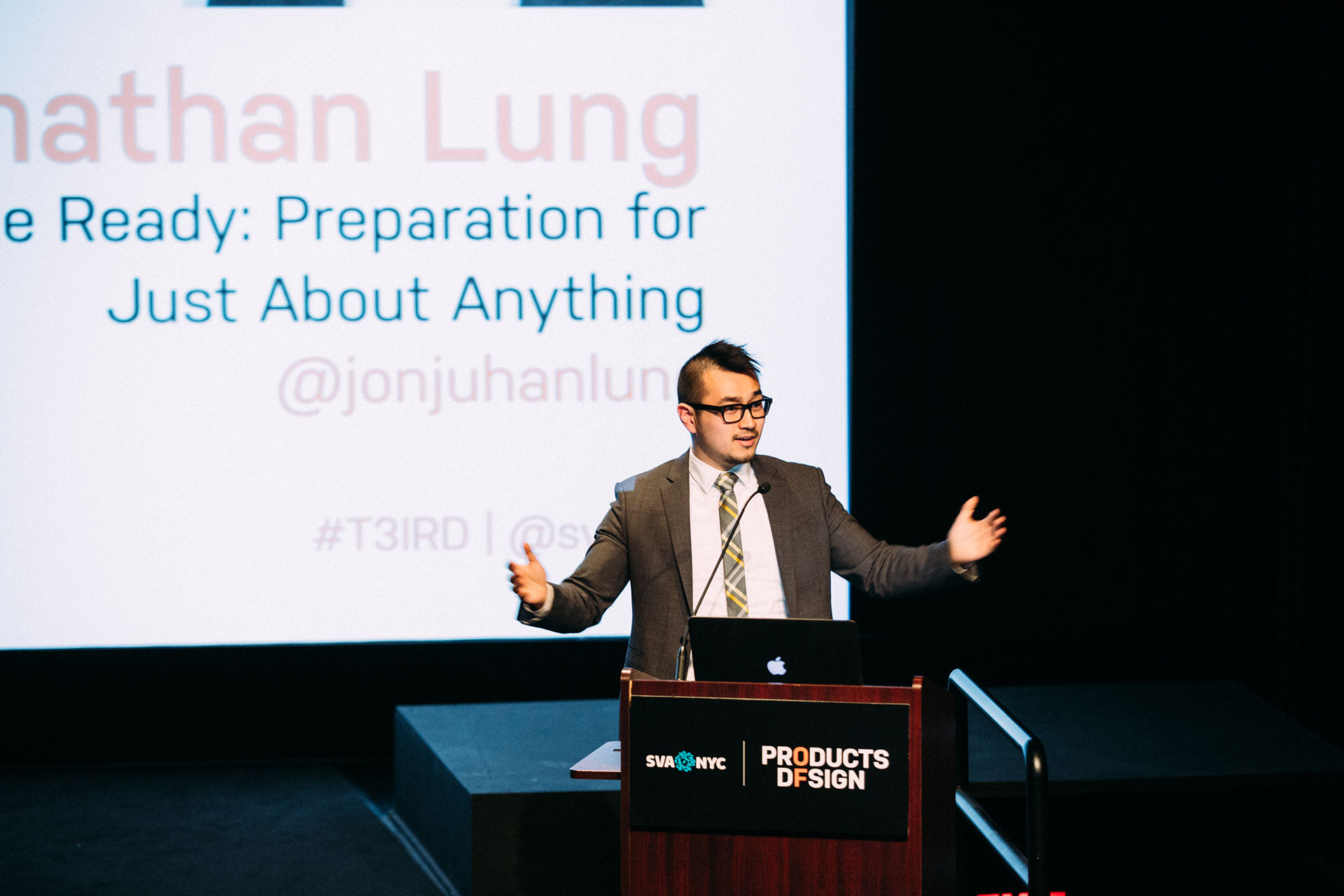
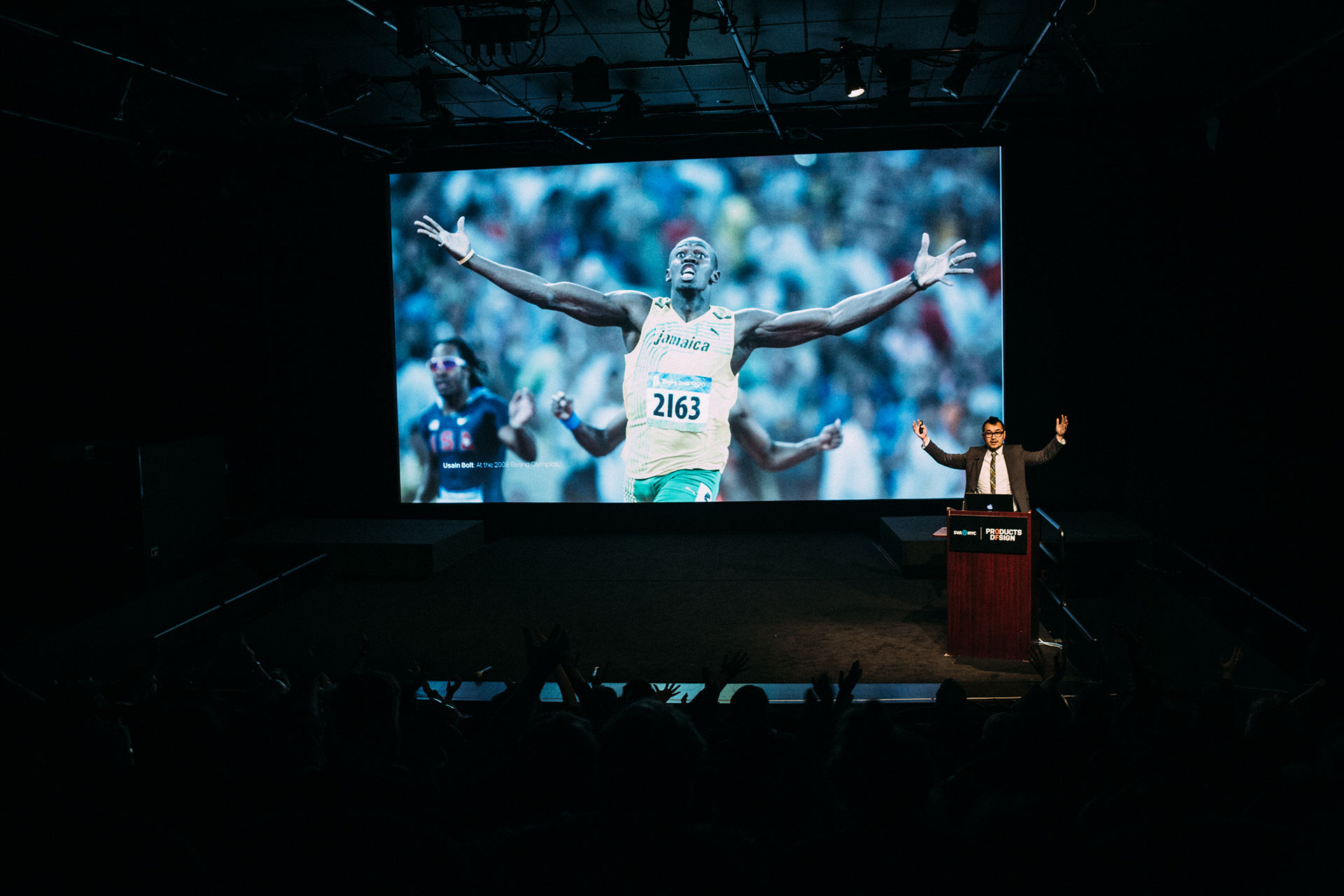
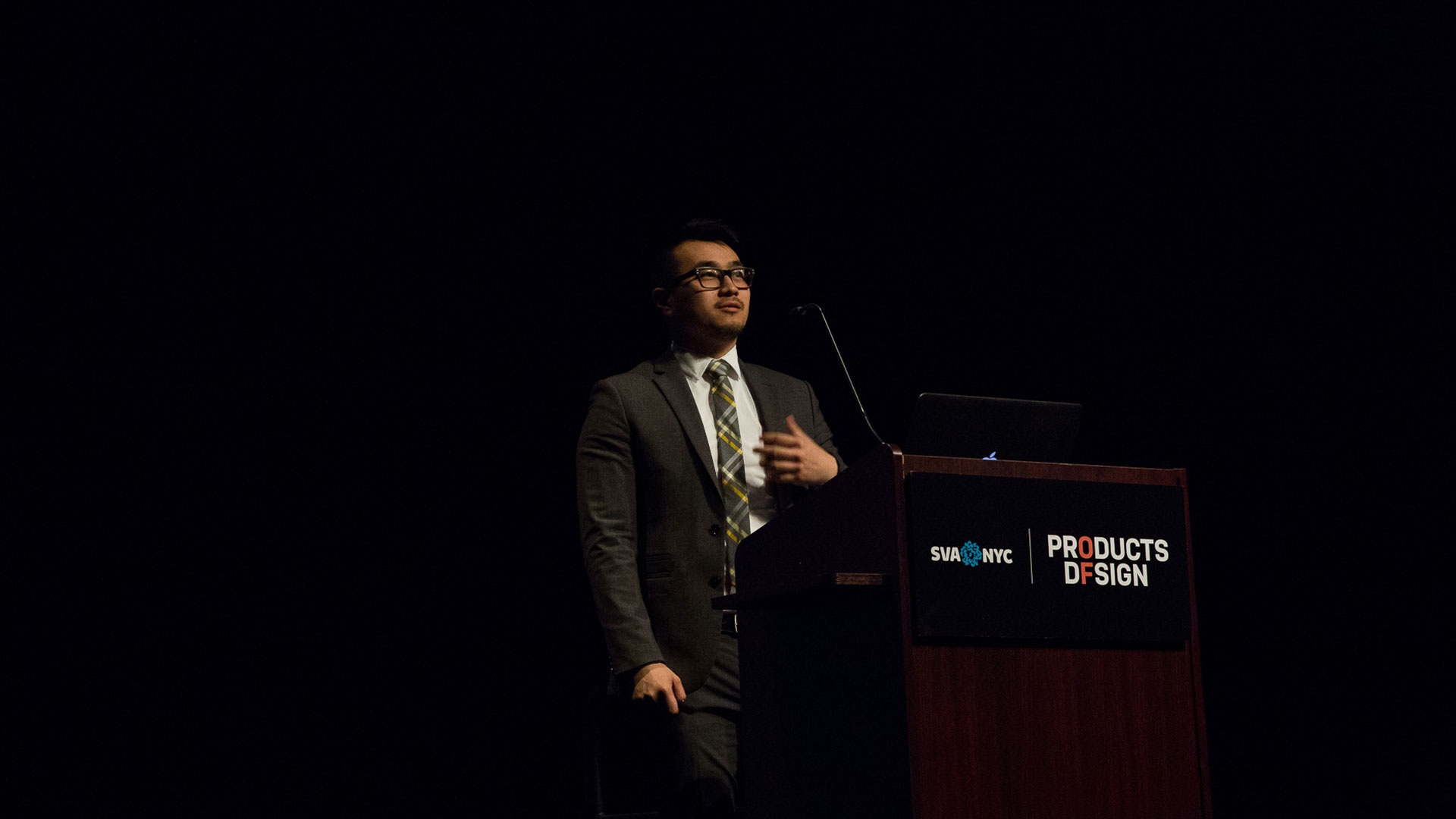
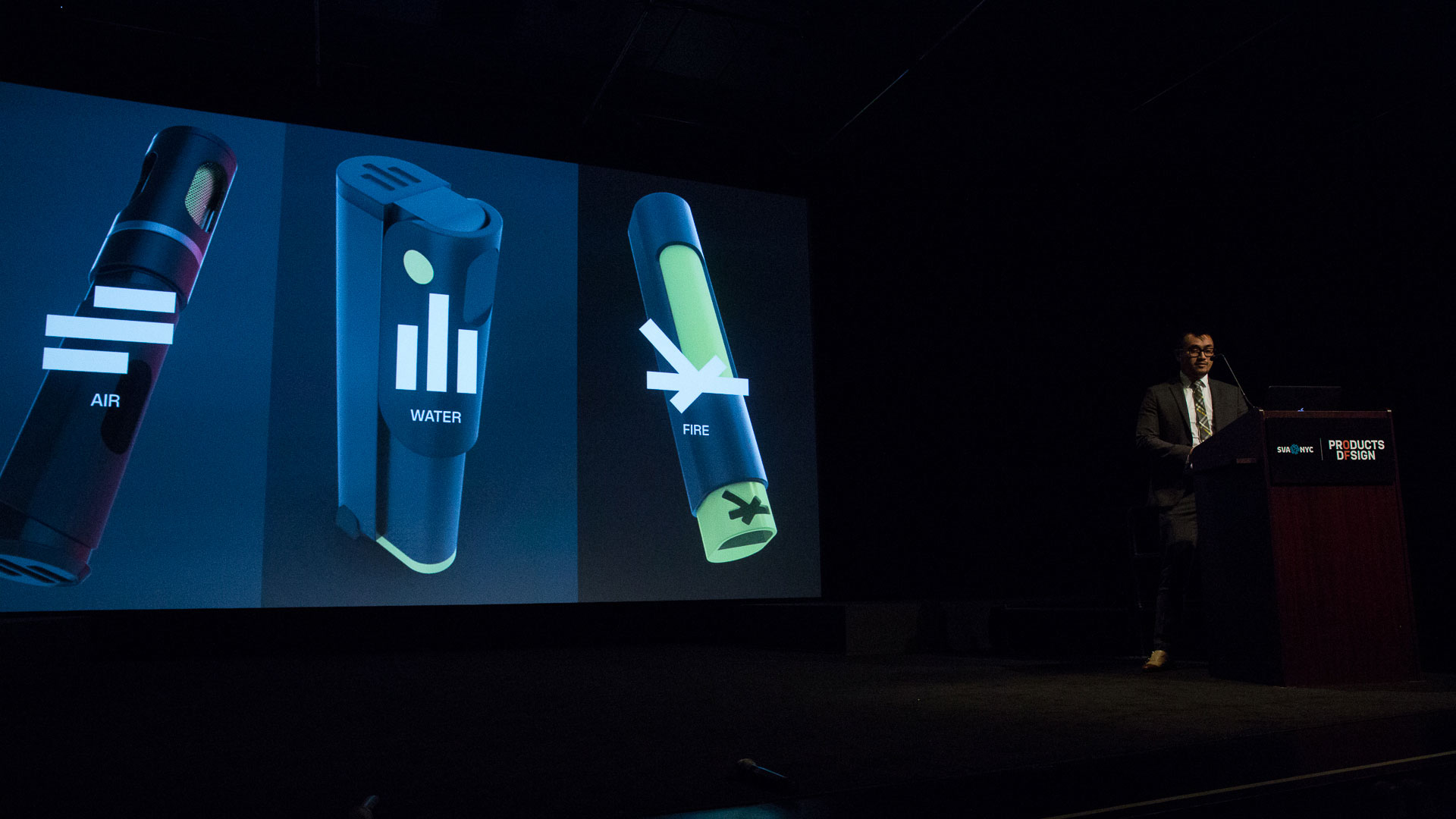
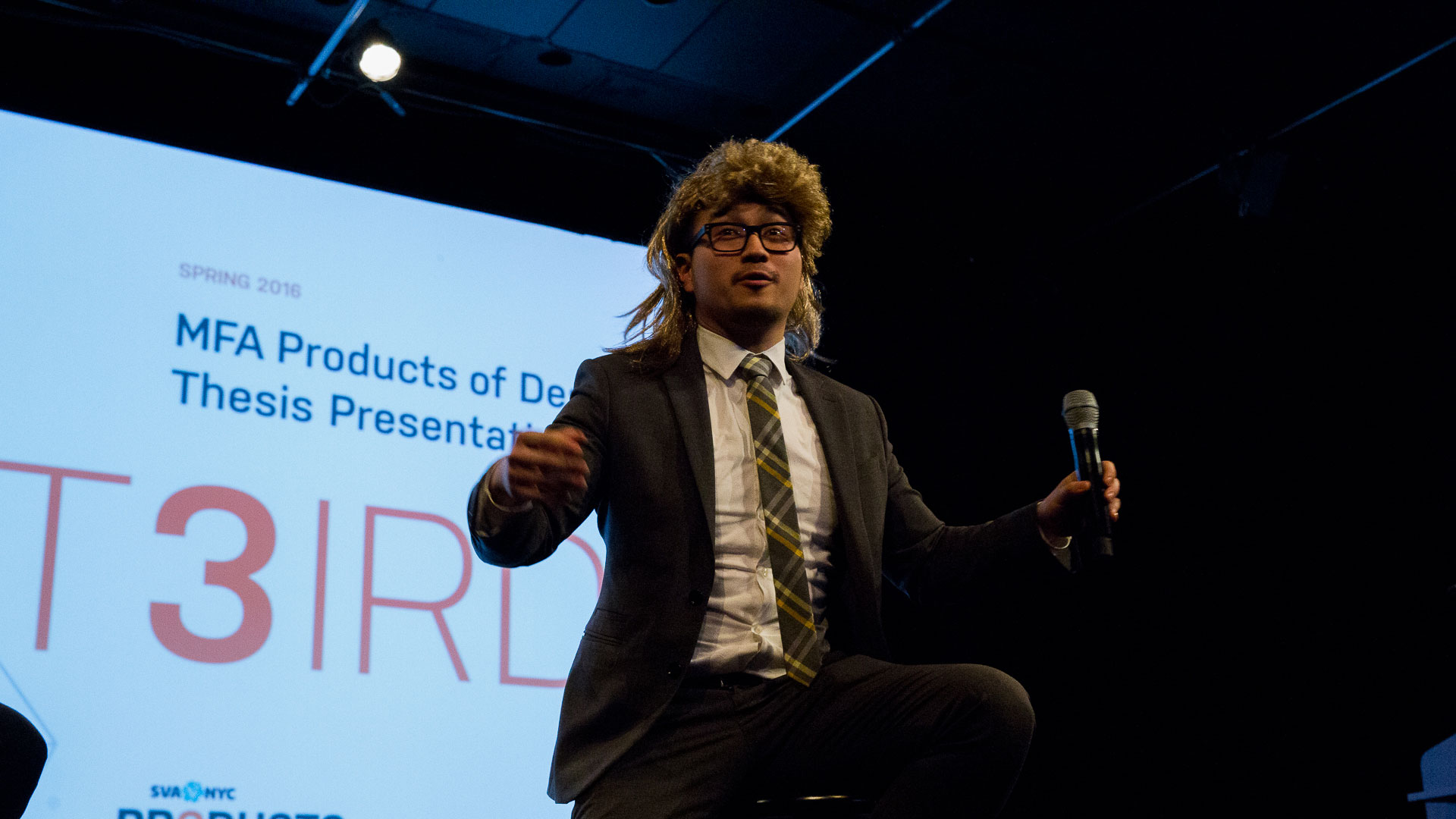
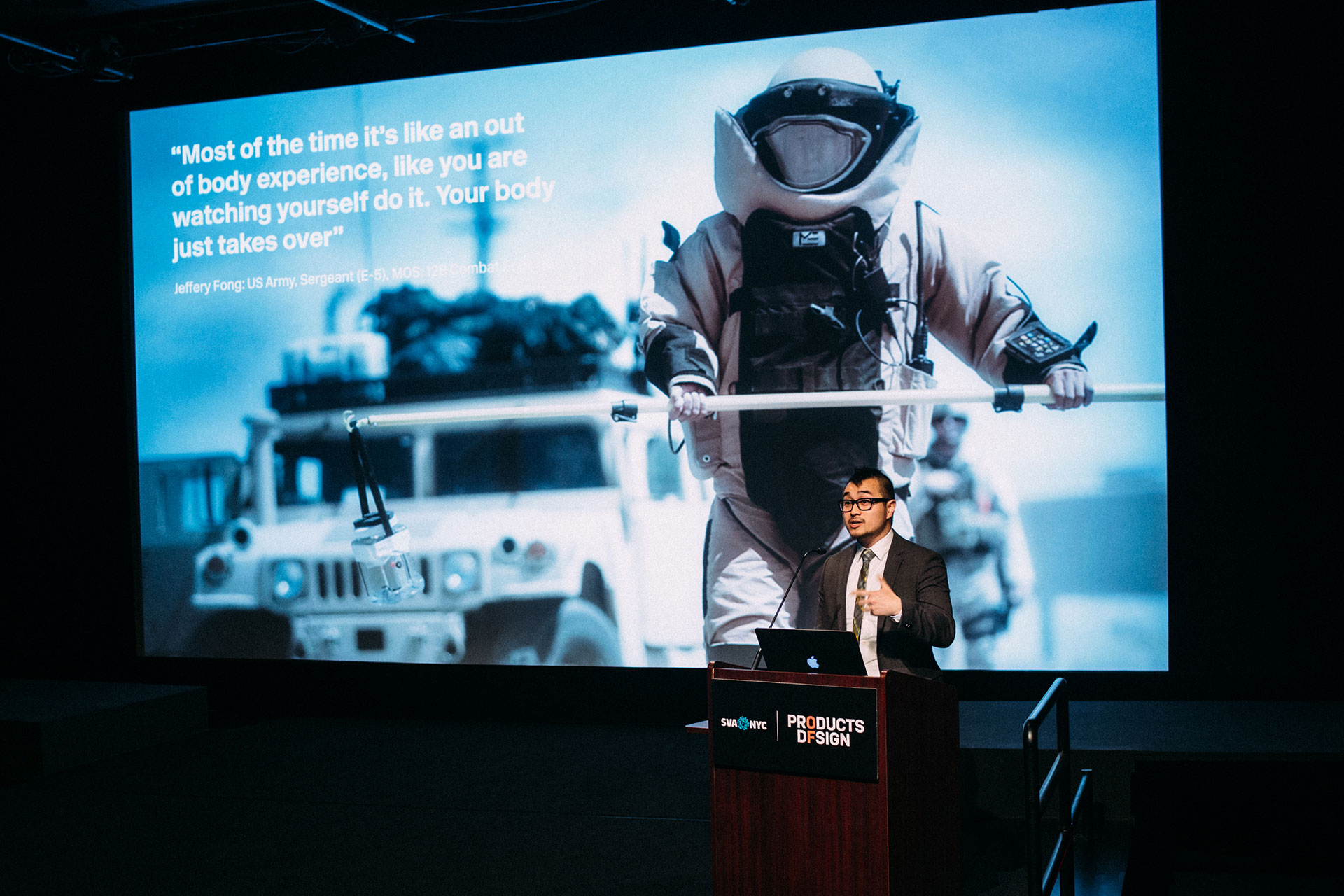
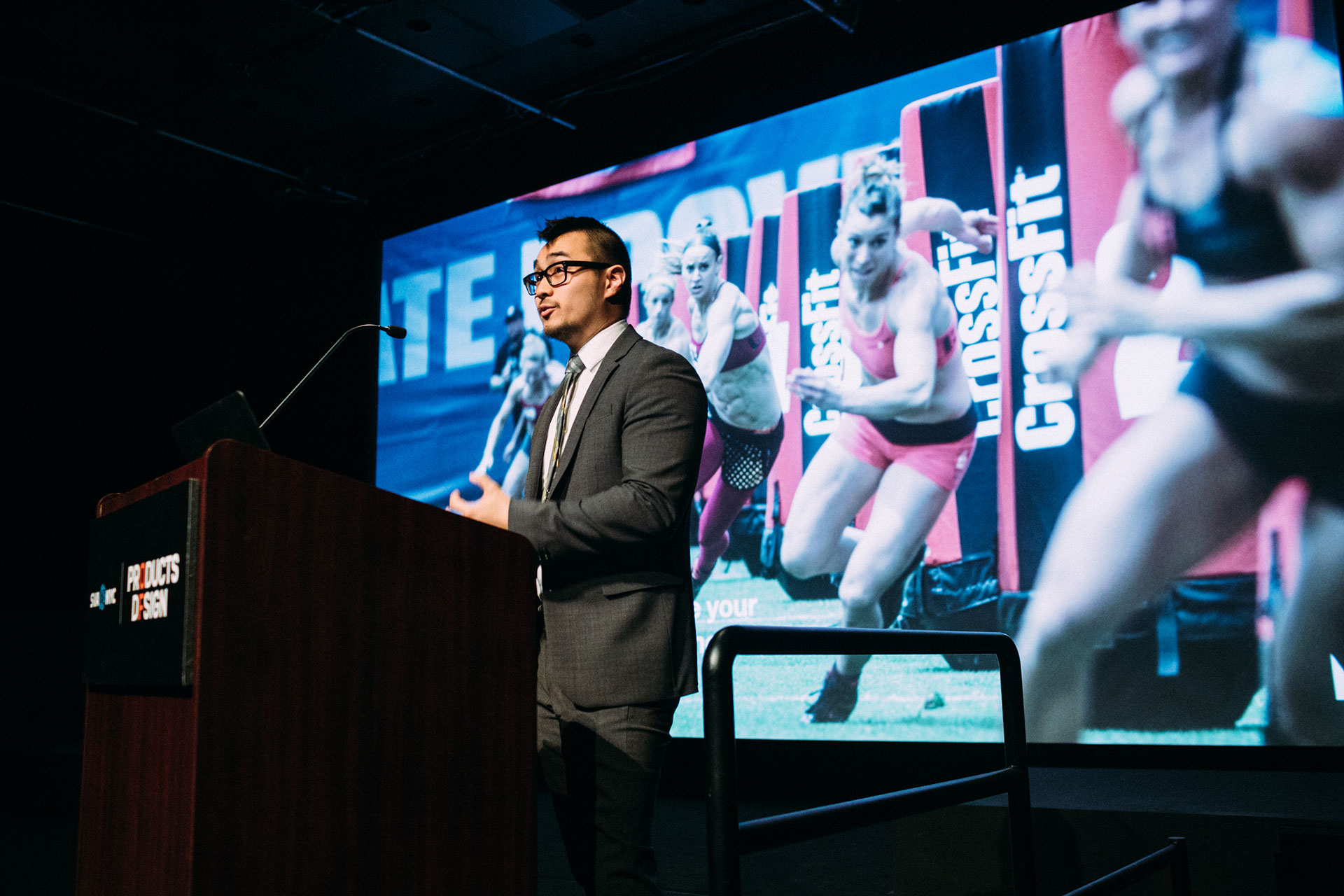
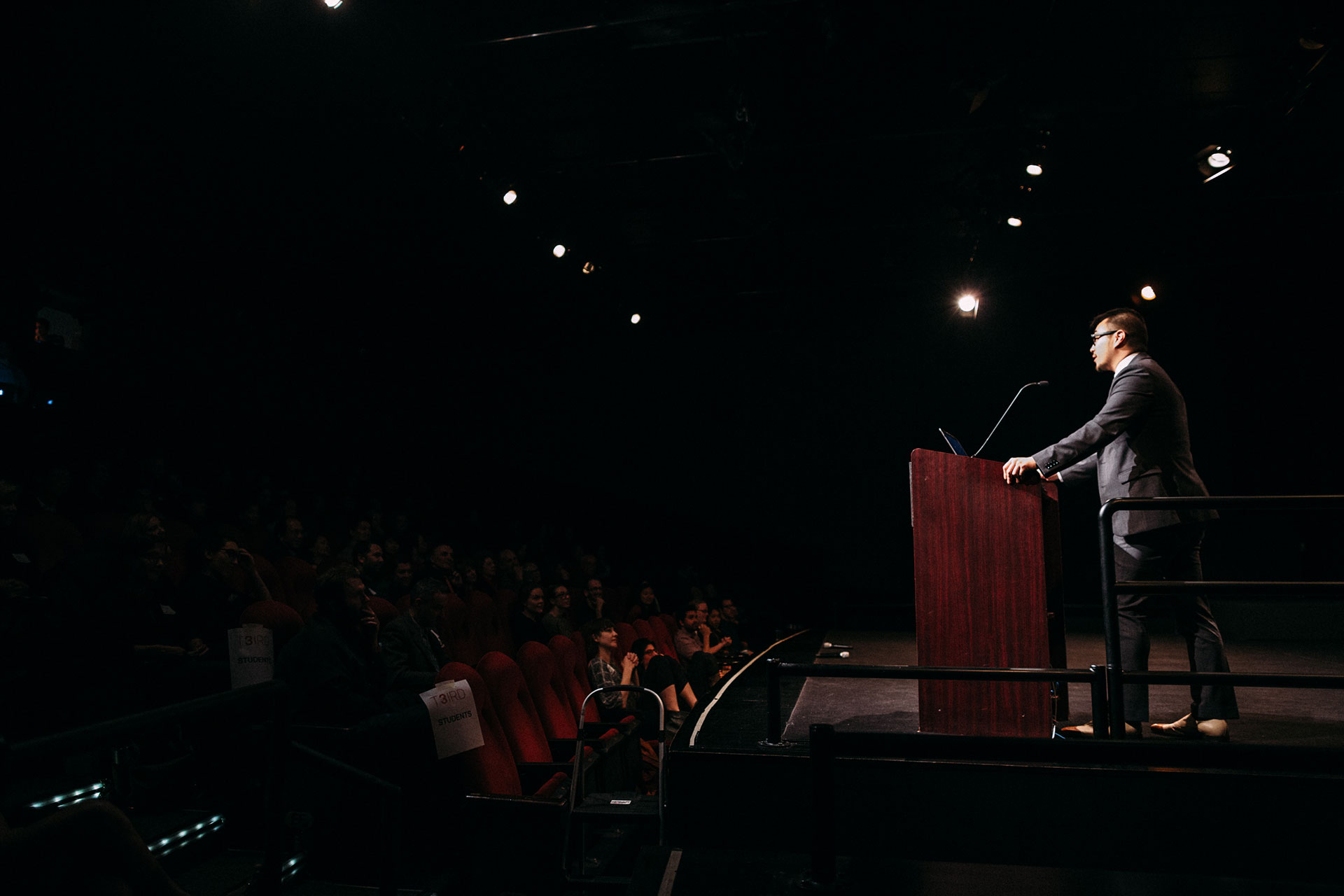
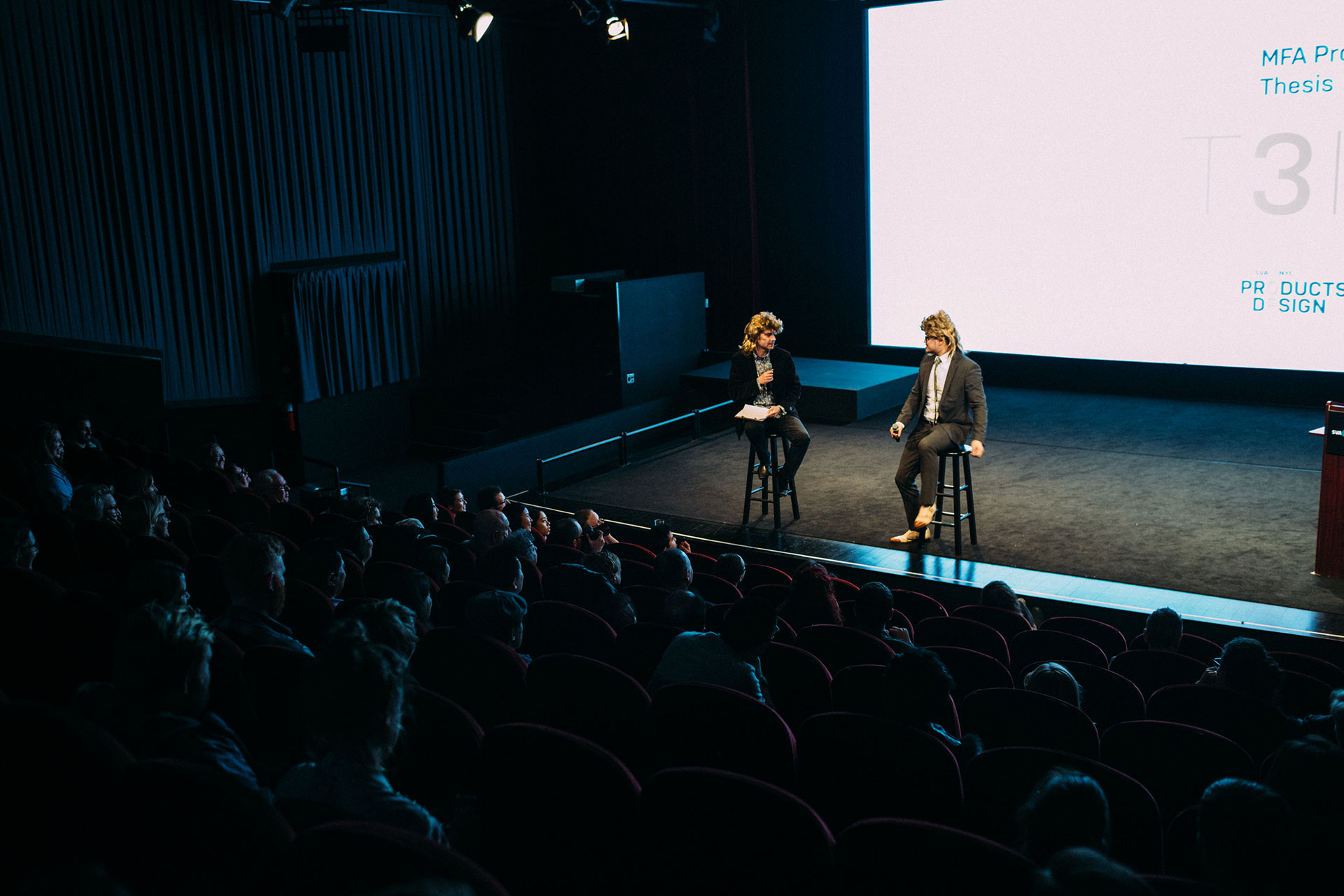
“My parents came over from Hong Kong with the dream of living in America. With that dream they also brought over a very traditional, cultural, sense of distrust for their surrounding environment—a distrust they lovingly passed on to me!”
The Hive
Diving straight into his thesis work, Jon did what he does best: he started building. Working within the realm of speculative objects, he envisioned The Hive. Inspired by the work of Harvard's Wyss Institute’s RoboBee project—a micro robot capable of sustaining flight—this swarm of probes is capable of collecting ambient data from its surrounding environment.
Designed to be open source, the swarm can be programmed to collect specific types of “alert” data. Carried around in a bag or purse, the swarm of probes rests comfortably inside the hive container, but when in use, they fly within a set radius of their hive carrier, sensing changes or threats in the environment, and sending that data back to the user via haptic feedback stickers. When they are done, the devices return back to the hive, which can then be docked for charging or reprogramming. The function of the Hive is to extend our senses beyond what we can normally see, hear, feel or smell.
“When I talk about preparedness I am talking about a state of readiness to counter or react to situations that may cause physical or psychological harm.”
AlphaKit
Inspired by Doomsday Preppers—people who leave modern society in order to prepare for an end-of-the-world scenario they think is coming, Jon wanted to bring the “fervor for preparedness” to the general population by creating a pocket-sized survival kit. The first iteration of the kit features products that support three life-sustaining elements: Air, Water and Fire.
For the respirator (air filter), Jon created a modular prototype that allowed for testing various mouthpieces, filter shapes and sizes, airway diameters, and mechanisms—all aimed at creating the most compact form factor possible.
Jon’s final prototype allowed the mouthpiece to slide inside the filter when not in use. But he found that this motion restricted the diameter of the airway—rendering breathing more laborious. His final design scrapped the collapsible element, and moved towards a simpler, easy-to-clean model that featured a silicone mouthpiece for a better bite grip and seal. It also features a bayonet locking replaceable filter.
The second product—the water pump—is similar in form to the respirator. With a fold-out handle and a tough rubber base, the device allows for easy pumping of water through its replaceable filters. To set it up, the bottom filter pulls out—revealing a hose that attaches to the body of the pump. The filter is then thrown into the water source. As the user pumps, the water emerges from the hose fitting on top of the pump. The fitting can then either be connected to a water bag, or directed into a portable water bottle.
The fire starter takes its functional cues from a “firesteel”—a device that creates sparks hot enough to ignite tinder by scraping the sharp edge of a piece of steel, typically done with the back of a knife. Jon’s design brings all of the elements required to use the firesteel into one unit, allowing the user to create sparks in a single “slamming motion.”
The Flex Vest monitors key postural elements such as forward lean and shoulder distance. When it detects a submissive position, the vest gradually inflates an internal air bladder, gradually straightening your posture and pitching your shoulders back.
Flex Vest
Shifting the scope of his thesis toward helping others, Jon researched the topic of bullying. And inspired by the work of social scientist Amy Cuddy, he examined using physical actions to affect a person’s state of mind.
His research introduced him to the effect of power poses and their ability to use body language to change body chemistry. Maintaining these poses of dominance—with shoulders back, chest out, and arms up—can increase testosterone and decrease cortisone, the “stress hormone.” What he found particularly fascinating was how universal some of these poses are. (The visually-impaired, for example, know to make the same power pose when they feel proud or accomplished—even though they had never before seen it.)
Here Jon created The Flex Vest—a wearable that changes your posture “to one that is more powerful and confident,” Jon argues. The vest is calibrated for its wearer, and monitors key postural elements such as forward lean and shoulder distance. When it detects a submissive position, the vest gradually inflates an internal air bladder, gradually straightening your posture and pitching your shoulders back.
The Run & Help / Run & Hide app alerts users to a crime nearby. If they want to hide, it recommends neighboring cafés in which to take cover. If they want to help however, it shows them the quickest route to the crime scene.
Run & Help / Run & Hide
Pushing his studies of preparedness into digital platforms, Jon created the Run & Help / Run & Hide app. The app is based on the "bystander effect—the social psychological phenomenon that refers to cases where an individual does not offer help to a victim when other people are present—in addition to what Jon dubs the “John McClane effect” (the fictional protagonist played by Bruce Willis in the Die Hard film series)—where the inactivity of many spurs an individual to offer assistance. Here, Jon created an app that would alert a person to a crime happening in their immediate vicinity, and give them the option to either help or hide.
The app uses existing technology that allows smartphones to listen in on unencrypted police frequencies—turning them into push notifications that “specify the crime and the location.” When users then open the app, they are faced with the decision screen.
Here they can see their current location and the location of the incident—as well as counters showing how many other people have either chosen to help or to hide.
If users choose to hide, they can swipe to reveal various locations such as stores, cafes, and other places where they could take cover.
But if they choose to help, they can swipe to reveal the fastest route to the incident. A stats page keeps track of how many crimes users have been near, and how many times they have chosen to either help or hide. It also offers a conversion rate showing the percentage of "helps" versus "hides".
Issues such as liability came up early in the work—what if someone got injured while trying to help at a crime scene? But if a critical mass of users signed up for the platform, things might be very different. “If a lot of people had the app on the phones—think of how many people are running Google Maps right now—I can see this acting as a deterrent,” Jon argues. “Would the rate of violence decrease if assailants knew that others in the surrounding area would come to the rescue?”
Jon used deliberately-vague-but-ominous imagery, prodding the viewer “to imagine their own worst nightmare.”
Tread
Tread is a hands-on training camp inspired by such programs as Seal Fit—where people are taken through the civilian version of "Hell Week" (otherwise known as the toughest week in US Navy Seal training). After interviewing a U.S. Army Sergeant—specialized in disarming roadside bombs—who stressed the importance of muscle memory and the body taking over during high stress situations, Jon thought about teaching people urban survival skills such as getting back into their house after getting locked out, or putting out a grease fire in the kitchen, or even escaping a car sinking to the bottom of a lake. Here, Jon wanted to use repetitive conditioning in order to build effective and proper muscle memory.
Jon pulled inspiration from CrossFit—a physically grueling daily workout that uses competition to push people to practice their survival skills.
He created speculative ad campaigns using the catchphrase, “You can survive this. We can teach you.” He also used deliberately-vague-but-ominous imagery, prodding the viewer “to imagine their own worst nightmare.”
BAMF Academy
For his final work, Jon created the BAMF Academy experience. Inspired by the fictional MacGyver—and his ability to solve seemingly-impossible tasks with nothing but everyday objects—the BAMF Academy is a game that tests its participants’ ability to rescue an object that’s fallen into a “staged storm drain”—using nothing but common items such tape, paperclips, and chewing gum, all within a 10-minute time limit.
BAMF Academy was a delightful culmination of the research Jon had been doing throughout his thesis work, and he hopes to stage many BAMF Academy events in the future.
Learn more about Jon Lung’s work at jonjuhanlung.com, and contact him at jol210.lu@gmail.com.




































